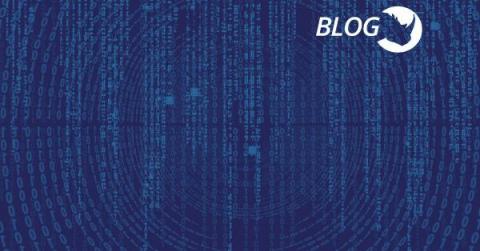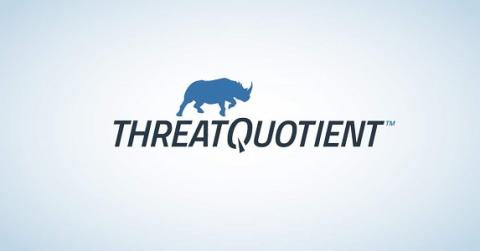2022, Naughty or Nice?
There were so many notable things that have happened in 2022, here’s some to name a few. We have gotten back to a “normal” state of being or have accepted the new “normal”. While ThreatQuotient enjoyed meeting some new faces on the Hangin’ with Haig episodes.










